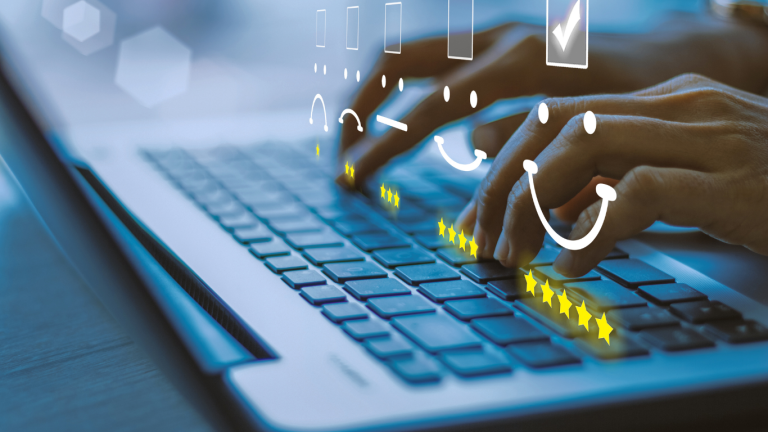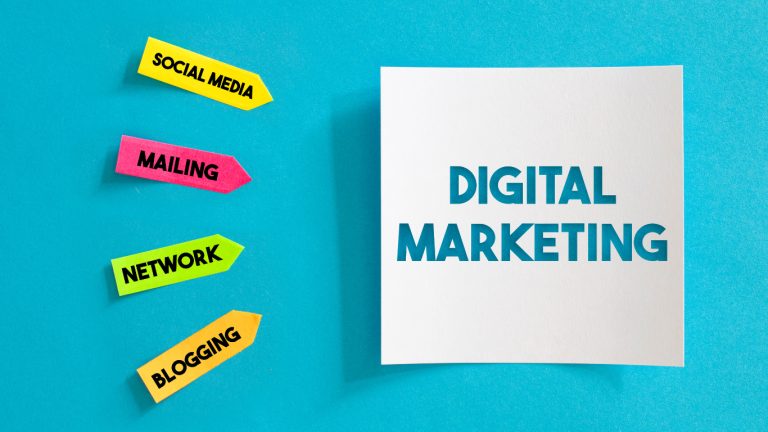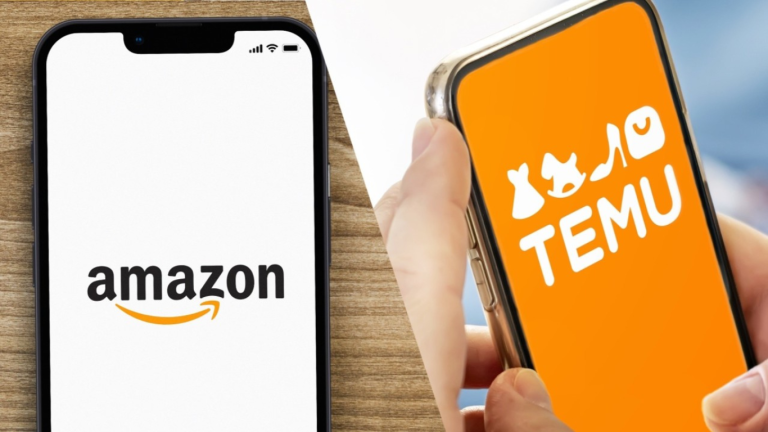
In today’s fast-paced world, employee wellbeing has taken center stage as a critical driver of organizational success. A recent Deloitte study revealed that 80% of employees consider wellbeing as essential for job satisfaction and performance. Companies like Google and Microsoft have leveraged technology to elevate wellbeing
initiatives, integrating innovative solutions like wearable health trackers, mental health apps, and hybrid work models. As businesses navigate an increasingly competitive talent market, investing in tech-enabled wellbeing programs is no longer optional—it’s a strategic imperative.
Wearable Health Trackers: Empowering Employees to Take Charge of Their Health
Wearable devices like Fitbit and Apple Watch have become more than trendy accessories—they are powerful tools for promoting physical health. By tracking metrics such as steps, heart rate, and sleep patterns, these devices encourage employees to adopt healthier lifestyles.
- Actionable Insight: Companies can integrate wearable technology into wellness programs, offering incentives for meeting activity goals. For example, corporate challenges using trackers can boost engagement and create a culture of health awareness.
- Framework in Action: Employers can collaborate with insurance providers to reduce premiums for employees who actively use wearables to improve their health metrics.
Mental Health Apps: Breaking the Stigma, Boosting Resilience
Mental health has moved to the forefront of workplace priorities, with 76% of employees in a 2023 survey reporting that stress negatively impacts their productivity. Digital solutions like Calm, Headspace, and Talkspace provide accessible mental health resources, from meditation exercises to virtual therapy sessions.
- Practical Advice: Offer employees free or subsidized subscriptions to mental health apps as part of a comprehensive benefits package.
- Long-Term Benefits: These apps help reduce absenteeism and increase resilience, enabling employees to manage stress and avoid burnout.
Hybrid Work Models: Flexibility as a Pillar of Wellbeing
The pandemic reshaped traditional workplace norms, ushering in a new era of hybrid work. This model, combining remote and in-office work, provides employees with the flexibility they need to balance professional and personal responsibilities.
- Best Practices: Invest in robust digital collaboration tools like Microsoft Teams or Slack to maintain seamless communication across hybrid teams.
- Wellbeing Impact: Flexible arrangements reduce commute-related stress, improve work-life balance, and support diverse talent pools, including working parents and individuals with disabilities.
Why It Matters
By harnessing technology to prioritize employee wellbeing, organizations can foster a culture of care that enhances engagement, productivity, and retention. Forward-thinking companies understand that wellbeing is not just an HR initiative but a business strategy. A healthier, happier workforce directly translates to improved performance and reduced turnover.
The intersection of technology and wellbeing offers unparalleled opportunities for organizations to lead in employee care. From wearables to hybrid work, these innovations can redefine how businesses approach workplace wellbeing.
At IBIACO, we specialize in helping businesses design and implement transformative strategies that drive growth and foster a thriving workforce. Contact us to explore how tech-enabled solutions can elevate your employee wellbeing initiatives and position your organization as a leader in talent engagement and retention.

_medium.png)


















